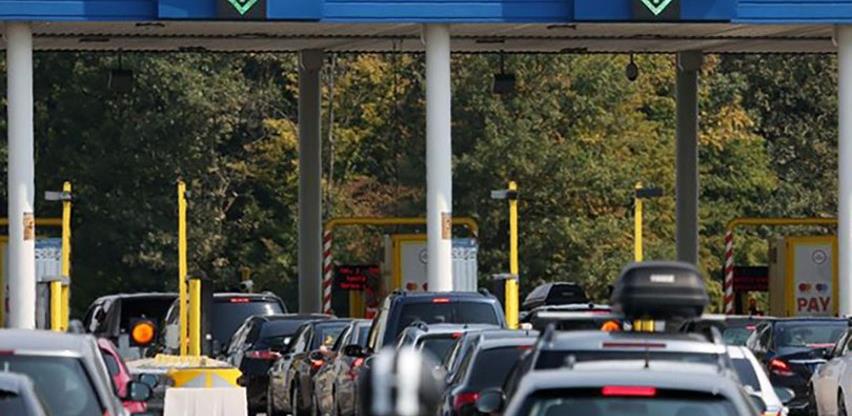Croatia is getting a new toll collection system, here's how it will work in the future

The new electronic toll collection system will be in operation at the end of 2024 at the earliest, announced the Ministry of the Sea, Transport and Infrastructure, which submitted the preliminary assessment form for the draft law on toll collection to the public consultation.
“The new electronic toll collection system is based on selected technologies (and not on all technologies permitted by Directive 2019/520 and the Law on Roads), excludes the possibility of paying tolls in cash, and for all trucks and motorcycles introduces the obligation to use a device in the vehicle for payment tolls, which will enable free traffic flow, without stopping vehicles due to toll collection,” the form states.
Namely, as an EU member state, Croatia is obliged to harmonize its national regulation governing the area of fees charged for the use of certain infrastructures for vehicles with Directive 2022/362 by March 25, 2024.
The government included this in the National Recovery and Resilience Plan (NPOO), which provided for the financing of the “Electronic Toll Collection System” project. The change that is being achieved is a new electronic toll collection system in the Republic of Croatia, based on free traffic flow, with microwave technology at a frequency of 5.8 GHz and automatic license plate recognition technology, the Ministry points out.
Cash for toll payment is abolished
They announce that the law will exclude the possibility to pay for the use of the highway in cash, which will consequently reduce the operational costs of toll collection. “All trucks and motorcycles will have the obligation to use the device in the vehicle to pay the toll. Light vehicles up to 3.5 tons of payload will have the option to choose between using the device in the vehicle for electronic toll collection and logging into the toll collection system for automatic license plate recognition,” the form announces.
The Deputy Prime Minister and Minister of the Sea, Transport and Infrastructure, Oleg Butković, has been announcing for some time the introduction of a new, electronic toll collection system, for which money has been provided by NPOO, and the value of which is estimated at around HRK 500 million (slightly more than EUR 66 million ).
“The system will be contactless, based on a combination of two modern technologies, and payment should be via a newer ENC device and an automatic plate reading system, so in the form of an electronic vignette and non-stop payment. The existing toll booths will be removed, there will be no more ramps and large crowds at the toll booths. Everything should be faster that way. For example, manual toll collection has a capacity of about 200 vehicles per hour, and the new system allows up to 3,000 vehicles to pass through,” said Butković in an interview published at the beginning of this month in “Večernji list”.
At the same time, he recalled that last year a historic result was achieved with three billion kuna in tolls collected on the highways under the management of Croatian Highways (HAC).
He also believes that the new charging system will attract even more drivers. “A survey conducted in 2019 shows that 70 percent of drivers were in favor of the ‘pay as you drive’ model instead of the classic vignette. the classic vignette collection system is slowly being abandoned, and here we are talking about electronic toll payment without stopping,” said Butković.
In that interview, he stated that the deadline for implementation was 2025, but also that the intention is to introduce it earlier, “hopefully at the beginning of 2024”. In the preliminary assessment form for the draft law on toll collection, it is stated that the new system will be “in operation at the end of 2024 at the earliest”.
The publication of the preliminary assessment form in the e-Consultation is the first formal step in the adoption of the law on toll collection, and the public debate on that document will last until February 7. The draft of the bill itself will go to public discussion, which will then have to go through the governmental and parliamentary procedures, and the form announces that a regular procedure for passing the law is planned.
